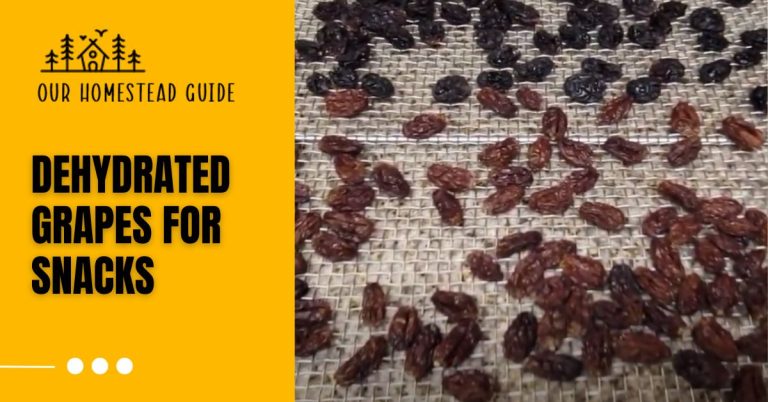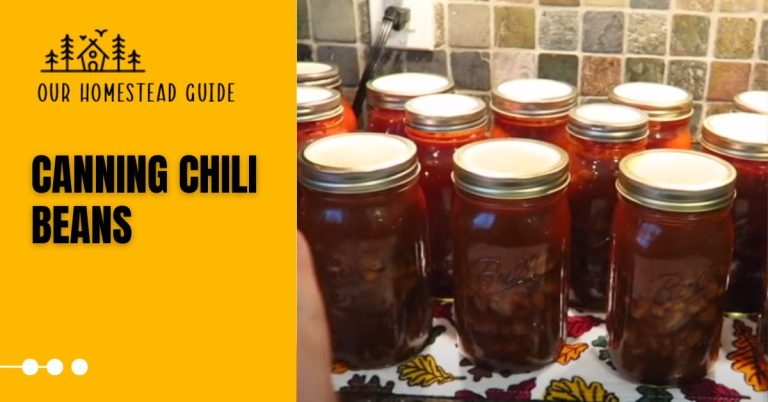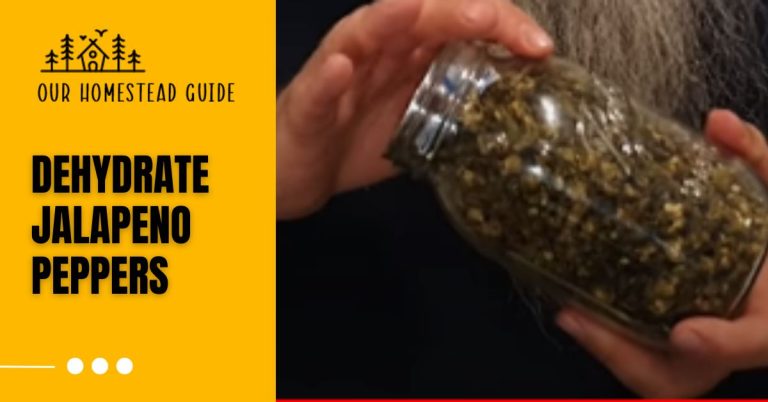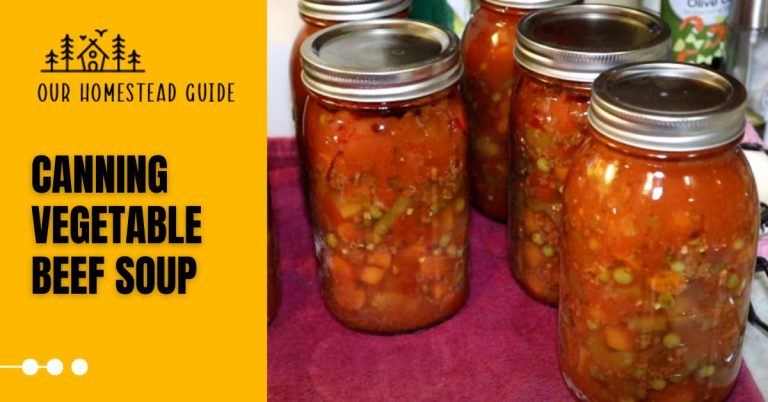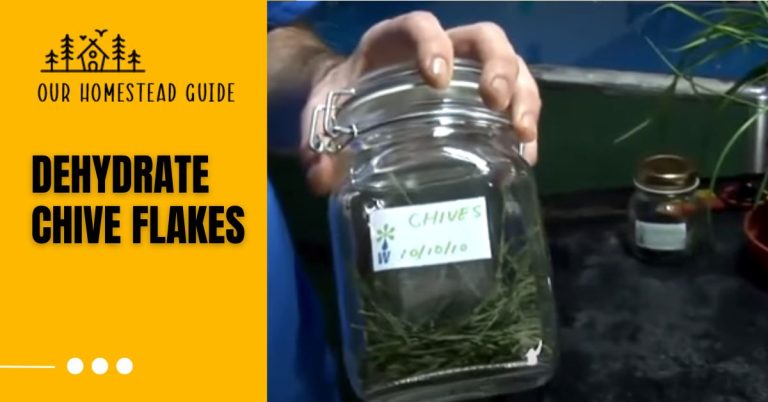How to Make Canning Pico De Gallo sauce Recipe
Salsa fresca, also known as pico de gallo, or salsa cruda, is a colorful and adaptable Mexican condiment that enhances the flavors of many different foods. Making your own handmade Pico de Gallo and canning it brings up the prospect of enjoying this excellent sauce all year round.
This thorough instruction will walk you through the careful steps of canning Pico de Gallo sauce, ensuring that you may enjoy its tangy, fresh flavor whenever you choose.
Certainly! Here’s a table listing the ingredients typically used in canning Pico de Gallo sauce:
| Ingredients |
| Fresh Tomatoes |
| Onions |
| Jalapeño Peppers |
| Fresh Cilantro |
| Lime Juice |
| Salt |
| Garlic |
| Vinegar |
| Cumin (optional) |
| Sugar (optional) |
| Red or Green Bell Peppers |
| Green Chilies (optional) |
| Hot Peppers (optional) |
Please note that the exact quantities and variations of these ingredients can vary based on personal preferences and specific recipes.
Instructions:
1. Prepare Your Equipment:
To ensure the security and preservation of your Pico de Gallo sauce during the canning process, it is essential to prepare your equipment. Start by giving your canning jars, lids, and bands a thorough wash in hot, soapy water to remove any dirt or residue. Rinse them well to get rid of any soap traces. The next step is to set up your water bath canner or a sizable stockpot and fill it with water to at least cover the jars by an inch.
Bring the water up to a simmer gradually until it reaches 180°F (82°C), on average. Put a canning rack or a folded kitchen towel at the bottom of the pot to keep the jars from coming into contact with the heat source. This meticulous setting up guarantees a sterile environment for the canning procedure, enabling your Pico de Gallo sauce to be safely kept and enjoyed for a long time.
2. Prepare Your Pico de Gallo:
Start by carefully assembling your components to make the ideal Pico de Gallo for canning. Your fresh tomatoes, onions, cilantro, and jalapenos should first be washed and diced. Remove the seeds and membranes from the jalapenos to reduce the heat if you want a milder salsa. Combine the chopped vegetables, minced garlic, lime juice, salt, and, if preferred, a little bit of extra sugar in a sizable mixing dish.
In order to ensure that the tastes meld together to create a vibrant and flavorful base for your Pico de Gallo sauce, thoroughly blend these ingredients until they are harmoniously integrated.
3. Fill Your Jars:
It’s time to begin filling your sterilized jars with your delectable Pico de Gallo mixture now that it has been prepared. Cleaning and efficiency are enhanced by the use of a canning funnel. Make sure to allow about 1/2 inch of room at the top of each jar when you fill it. To make a good seal and avoid any potential problems during the canning process, this headspace is necessary.
Use a bubble remover or a plastic spatula to gently remove any trapped air bubbles in the jar to ensure that your homemade Pico de Gallo sauce keeps its quality and freshness for months to come. This focus on the little things makes sure that your gourmet product is completely maintained and brimming with flavor.
4.Seal and Process:
It’s time to treat your jars for long-term preservation after the Pico de Gallo mixture has been carefully placed in each one and the jars have been neatly filled. Making sure they fit snugly and securely, carefully set the disinfected lids onto each jar and fasten them with the provided bands.
Make sure the jars are completely submerged and have at least an inch of water covering them before carefully lowering them into the simmering water bath canner or stockpot using canning tongs.
To ensure the security and shelf stability of your homemade Pico de Gallo sauce, it’s critical to follow the suggested processing time, which is normally between 15-20 minutes as you bring the water back to a rolling boil.
5.Cool and Store:
It’s time to treat your jars for long-term preservation after you’ve correctly filled them and inserted the Pico de Gallo combination. Ensure a snug fit by carefully placing the disinfected lids on each jar and fastening them with the provided bands.
With the use of canning tongs, carefully lower the jars into the stockpot or simmering water bath canner, making sure they are completely submerged and have at least an inch of water covering them.
It’s important to follow the suggested processing time, which is normally between 15-20 minutes, as you bring the water back to a rolling boil in order to ensure the safety and shelf stability of your homemade Pico de Gallo sauce.
Conclusion:
The satisfying process of canning Pico de Gallo sauce enables you to relish the vivid flavors of this well-liked condiment all year long. You can enjoy the genuine Pico de Gallo flavor whenever your taste buds wish by adhering to these instructions and suggestions. So gather your supplies, tools, and enthusiasm and start the process of canning Pico de Gallo to preserve its mouthwatering flavor.
FAQ’s
Q1: Is canning Pico de Gallo sauce safe?
A1: When done properly, canning Pico de Gallo sauce can be safe. It’s crucial to adhere to the correct canning processes, which include sterilizing the jars, using the water bath canning method, and making sure the seal is adequate. It is essential to use tried-and-true canning recipes to guarantee safety.
Q2: How long can I store canned Pico de Gallo sauce?
A2: In a cold, dark, and dry location, canned Pico de Gallo sauce can normally be kept for up to a year. Before using, always inspect the seals and look for any symptoms of deterioration.
Q3: Can I use any type of tomatoes for canning Pico de Gallo sauce?
A3: While you can use a variety of tomatoes, using Roma or plum tomatoes, which are firm, ripe, and meaty, is advised. These types produce a richer sauce because they contain less water.
Q4: Do I have to use a water bath canner, or can I use a pressure canner for Pico de Gallo sauce?
A4: Because pico de gallo salsa has a lot of acidity, safe canning just requires a water bath canner. Low-acid items like vegetables and meats are often canned using pressure canners.
Q5: Can I adjust the spice level in my canned Pico de Gallo sauce?
A5: To make a milder salsa, remove the seeds and membranes from the jalapeo peppers or add more or fewer peppers to change the amount of heat. Adapt it to your personal tastes for taste.
Q6: What should I do if a jar doesn’t seal properly?
A6: You can refrigerate a jar that didn’t properly seal after cooling and utilize it within a few weeks. You might also reprocess it using a fresh lid and the same canning procedure.
Q7: Can I use this canned Pico de Gallo sauce for cooking, or is it just for dipping?
A7: Pico de Gallo sauce in a can is adaptable and may be used both as a dipping sauce and in cooking. It infuses a variety of foods, from tacos and burritos to grilled meats and seafood, with a burst of fresh taste.
Q8: Can I freeze Pico de Gallo instead of canning it?
A8: If you’d prefer not to can Pico de Gallo, you can freeze it. It is better to freeze ingredients for recipes where texture is not essential, like soups or stews, because freezing may modify the texture of the ingredients.
Q9: Are there any alternatives to canning Pico de Gallo sauce for long-term storage?
A9: In addition to canning, you might also think about pickling or employing a top-notch vacuum sealing method to store Pico de Gallo sauce for a long time.
Q10: Can I use this canned Pico de Gallo sauce immediately, or does it need to sit for some time before consumption?
A10: Once the canned Pico de Gallo sauce has cooled and sealed properly, you can use it right away. Because it doesn’t need to sit before being consumed, it might be a useful complement to your meals.

